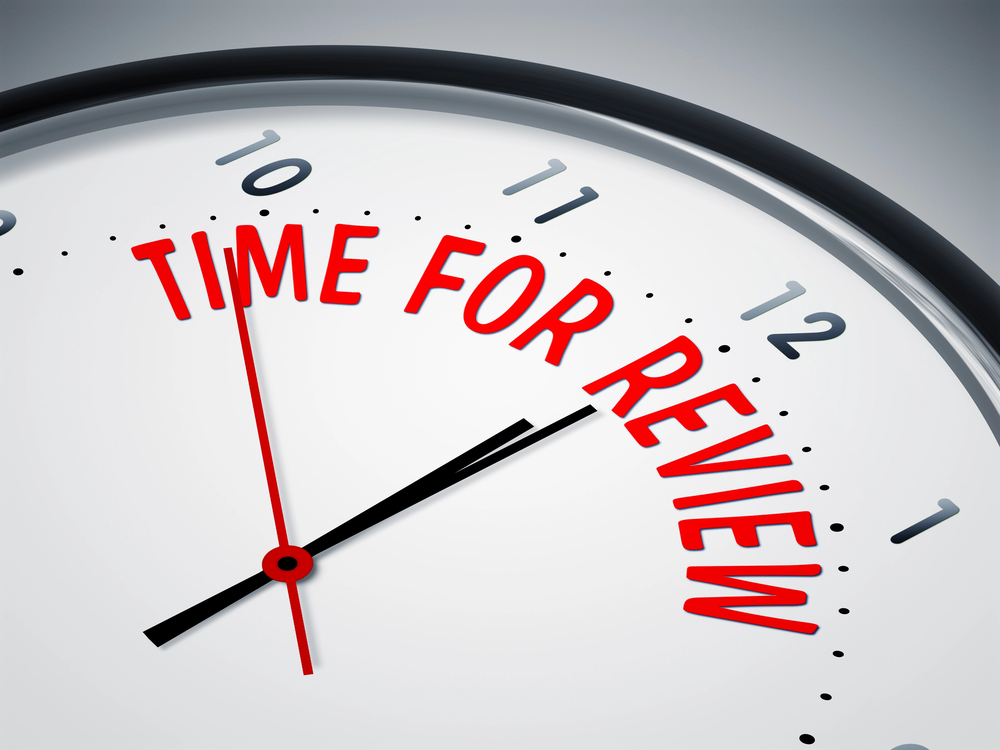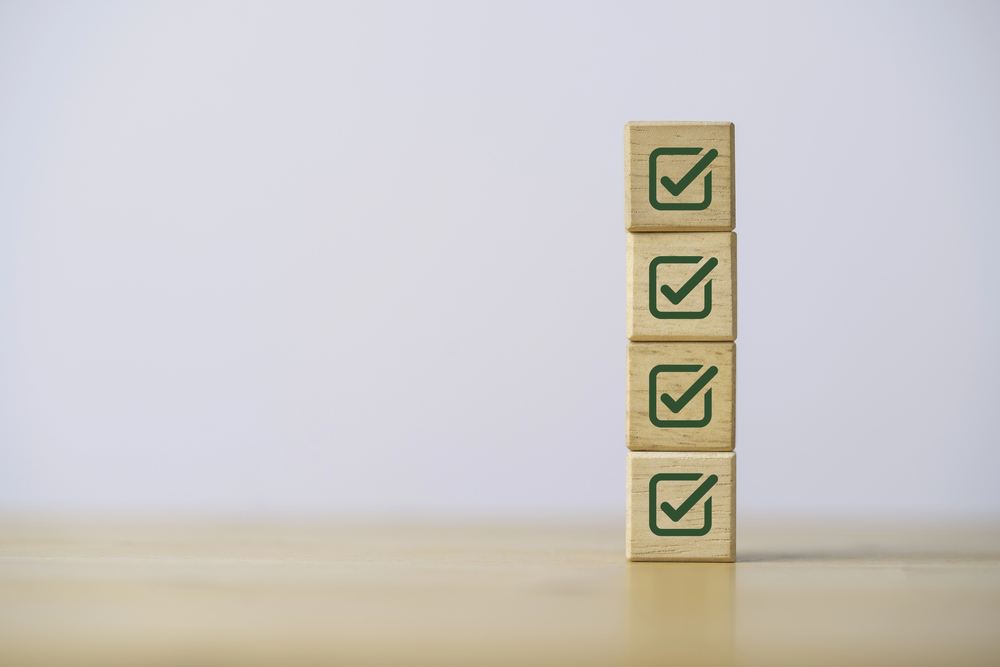People talk about the importance of having a trading plan — but what actually goes into one?
A trading plan isn’t just about having some ideas in your head or a list of indicators you like to use.
If you want to trade with consistency and confidence, your plan needs to be written down or typed out — not only stored in your head.
And it needs to serve as a true guide for how you prepare, execute, and review your trades — not just a collection of loose ideas.
So what should a trading plan actually include?
The Core Structure of a Trading Plan
At the heart of your trading plan are your core setups — the ways you take action in the market when you believe price is likely to move up or down from current levels.
These include your:
- Buy setups (bullish setups) — how and when you’ll look for long trades
- Sell setups (bearish setups) — how and when you’ll look for short trades
And these setups should do more than define broad patterns or theoretical analysis.
They should cover the exact market data you want to see on your chart — and the mechanics of how you enter the trade.
A good trading plan is a literal step-by-step guide to how you define an opportunity and take action with your hard-earned money on the line.
That’s why this middle section — your core setups and trade execution — is so important.
But it’s not the only thing your plan needs.

Preparing to Trade
Before your plan ever guides an actual trade, it should help you get ready to trade in the first place.
I often tell my students: think of it as “opening your trading office.”
Even if you’re trading from home, in your pajamas, you still need a consistent way to shift into “trading mode.”
Your plan should cover what you do to prepare your mindset, environment and ensure you’re ready to focus.
You’ve also got to conduct your pre-trading analysis
That pre-market analysis should be clearly defined: what market information — technical or fundamental — do you want to review before you even start looking for setups?
Only after this preparation is complete should you move to identifying potential trades.

Reviewing Your Trading
An effective trading plan doesn’t stop once a trade is entered — or even once it’s closed.
Review is not an afterthought. It’s an essential part of building and refining consistency over time.
Your plan should include a clear strategy for how you will:
- Review trades immediately — right after a trade or at the end of your trading day
- Conduct longer-term reviews — weekly, monthly, or another cadence that fits your style
When I work with traders 1on1, I help them develop and implement both immediate and long-term review techniques — because this is where a huge part of their growth happens.
If you never review your trading process and results, you’re flying blind.
Bringing It All Together
These are the essential parts of a trading plan that come together and are present in every successful trader’s process — whether they’re brand new to trading or highly experienced.
I’ve seen it again and again with students: when they commit to building and using a full trading plan — with preparation, core setups, and structured review — that’s when they start moving from randomness to real consistency.
Final Thoughts
I’ll be sharing more soon on what to do with your trading plan once it’s completed — and how to adapt it as your trading evolves.
Meanwhile, if you haven’t yet, be sure to read What Is a Trading Plan? — it will give you even more perspective on why having a solid plan makes such a difference.
~Hima





Leave a Reply